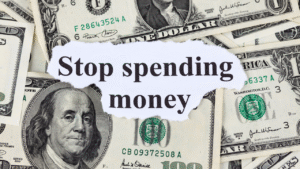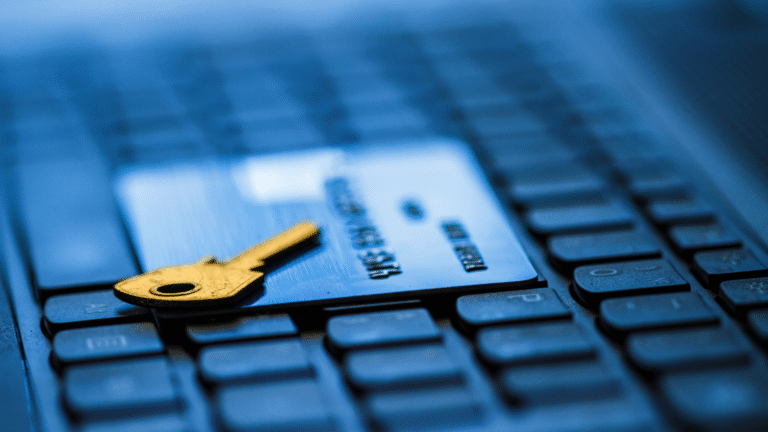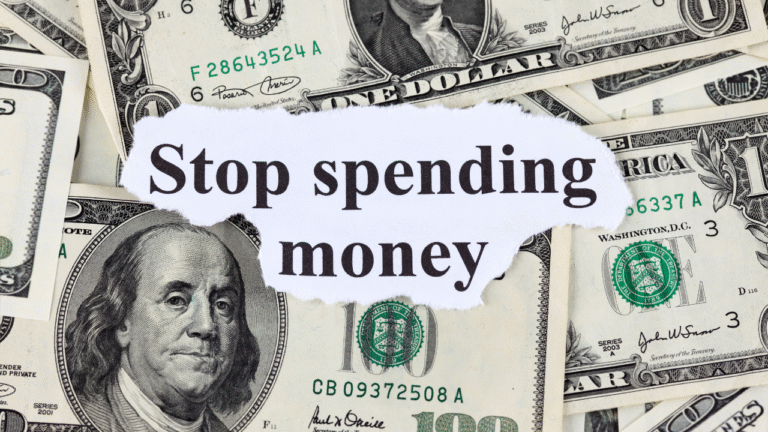Introduction
Struggling with student debt? You’re not alone. Nearly 44 million Americans carry student loan debt totaling $1.75 trillion as of 2025. Understanding student loan forgiveness eligibility could be your pathway to financial freedom. This comprehensive guide reveals everything you need to know about qualifying for loan forgiveness programs and maximizing your savings potential.
Table of Contents
What Makes You Eligible for Student Loan Forgiveness?
Student loan forgiveness eligibility depends on multiple factors including your profession, payment history, and loan type. The federal government offers several forgiveness programs, each with specific qualification requirements.
Federal Loan Types That Qualify
Not all loans qualify for forgiveness programs. Here’s what’s eligible:
- Direct Subsidized and Unsubsidized Loans
- Direct PLUS Loans (for parents and graduate students)
- Direct Consolidation Loans
- Federal Family Education Loan (FFEL) Program loans (through consolidation)
- Federal Perkins Loans (through consolidation)
Private loans from banks like Chase, Wells Fargo, or credit unions typically don’t qualify for federal forgiveness programs.
Top Student Loan Forgiveness Programs in 2025

Public Service Loan Forgiveness (PSLF)
The most popular program offers complete debt cancellation after 120 qualifying payments.
PSLF Eligibility Requirements:
- Work full-time for qualifying employers (government, 501(c)(3) nonprofits)
- Make 120 on-time payments under income-driven repayment plans
- Have Direct Loans only
Real Example: Sarah, a teacher in Dallas, qualified for PSLF after working 10 years at a public school district. She saved $47,000 in remaining loan balance.
Income-Driven Repayment Forgiveness
Four income-driven plans offer loan forgiveness after 20-25 years of payments:
- Income-Based Repayment (IBR) – 20 years for undergraduate loans
- Pay As You Earn (PAYE) – 20 years total
- Revised Pay As You Earn (REPAYE) – 20-25 years depending on loan type
- Income-Contingent Repayment (ICR) – 25 years
How to Check Your Student Loan Forgiveness Eligibility
Step 1: Identify Your Loan Types
Log into your Federal Student Aid account at StudentAid.gov to review your loan portfolio. You’ll need this information to determine which programs you qualify for.
Step 2: Assess Your Employment Status
Different careers qualify for specific forgiveness programs:
- Teachers – Teacher Loan Forgiveness ($5,000-$17,500 forgiveness)
- Healthcare Workers – NHSC Loan Repayment Program
- Military Personnel – Military College Loan Repayment Program
- Lawyers – State-specific loan repayment assistance programs
Step 3: Calculate Your Payment History
For PSLF eligibility, you need exactly 120 qualifying payments. Use the PSLF Help Tool on StudentAid.gov to track your progress.
Profession-Specific Loan Forgiveness Opportunities
Healthcare Professionals
National Health Service Corps (NHSC) offers up to $50,000 in loan repayment for medical professionals serving in underserved communities.
Eligibility includes:
- Primary care physicians
- Nurse practitioners
- Mental health counselors
- Dental professionals
Teachers and Education Workers
The Teacher Loan Forgiveness Program provides up to $17,500 forgiveness for highly qualified teachers in low-income schools.
Requirements:
- Teach five consecutive years in qualifying schools
- Maintain excellent performance evaluations
- Teach high-need subjects (math, science, special education)
Military Service Members
Veterans and active military can access multiple forgiveness options through programs like the Military College Loan Repayment Program, offering up to $65,000 in loan repayment assistance.
Common Mistakes That Disqualify Borrowers
Wrong Payment Plan Selection
Many borrowers unknowingly select standard repayment plans instead of income-driven options required for PSLF. Always verify your payment plan aligns with forgiveness program requirements.
Employment Certification Delays
Submit Employment Certification Forms annually to track PSLF progress. Late submissions can complicate qualification verification.
Loan Consolidation Timing
Consolidating loans resets your payment count for PSLF. Only consolidate if necessary and understand the implications.
Maximize Your Savings Beyond Loan Forgiveness

While pursuing loan forgiveness, implement smart money strategies to boost your overall financial health:
Budget Optimization Tools: Smart budgeting apps can help track expenses and maximize loan payments. Check out our guide on AI budgeting tools to streamline your financial management.
Tax Planning: Early tax refunds can provide extra funds for loan payments. Learn more about optimizing your tax refund timing for better cash flow.
Alternative Savings: If you drive an electric vehicle, explore how EV ownership can reduce transportation costs, freeing up money for loan payments.
2025 Updates: What’s Changed for Student Loan Forgiveness
Recent policy updates have expanded loan forgiveness eligibility:
PSLF Improvements:
- Limited PSLF Waiver extended through December 2024
- Expanded qualifying payment types
- Simplified employer certification process
Income-Driven Plan Changes: The new SAVE (Saving on A Valuable Education) plan offers better terms than previous income-driven options, with some borrowers qualifying for $0 monthly payments. Full details about the SAVE plan are available at StudentAid.gov’s SAVE page.
According to the Department of Education, over 260,000 borrowers have received PSLF approval as of 2025, totaling $16.2 billion in forgiven debt.
State-Specific Loan Repayment Programs
Many states offer additional loan forgiveness for residents:
High-Value State Programs:
- California – State Loan Repayment Program for healthcare workers
- Texas – Physician Education Loan Repayment Program
- New York – Lawyers Assistance Repayment Program
- Florida – Critical Teacher Shortage Student Loan Forgiveness Program
Research your state’s specific offerings through your state higher education agency.
FAQs About Student Loan Forgiveness Eligibility.
Q1. How do I know if I qualify for student loan forgiveness?
Check your loan type, repayment plan, and employment. Federal Direct Loans under PSLF or Income-Driven Repayment plans are the most common qualifiers.
Q2. Does student loan forgiveness affect my credit score?
No, forgiveness itself doesn’t hurt your credit score. In fact, consistent on-time payments while pursuing forgiveness can improve it.
Q3. Can private student loans be forgiven?
Generally no — federal forgiveness programs only apply to federal loans. Some states or employers may offer limited assistance for private loans.
Q4. Is student loan forgiveness taxable?
PSLF forgiveness is tax-free. Income-driven repayment forgiveness may be considered taxable income after 20–25 years, though temporary relief applies until 2025.
Q5. How long does it take to get student loan forgiveness approved?
Approval times vary, but PSLF applications typically take 90–120 days. IDR forgiveness takes 20–25 years of qualifying payments.
Take Action on Your Student Loan Forgiveness Journey

Understanding student loan forgiveness eligibility is just the first step toward financial freedom. Start by logging into StudentAid.gov to review your loan details and explore which programs match your situation.
Remember, loan forgiveness requires patience and consistent action. While pursuing forgiveness, implement smart financial strategies to maximize your overall savings potential.
Ready to transform your financial future? Start saving smarter with comprehensive money management strategies at SmartSaveUSA.com. Your journey to debt freedom and financial security begins today.











